-
Locations
Campuses in EuropeCampuses in The AmericasCampuses in AsiaLe Cordon Bleu International
- Online Learning
Contact your local representative - Our Story
- Programmes
- Brochures
- News & Events
- Contact
- Find Course
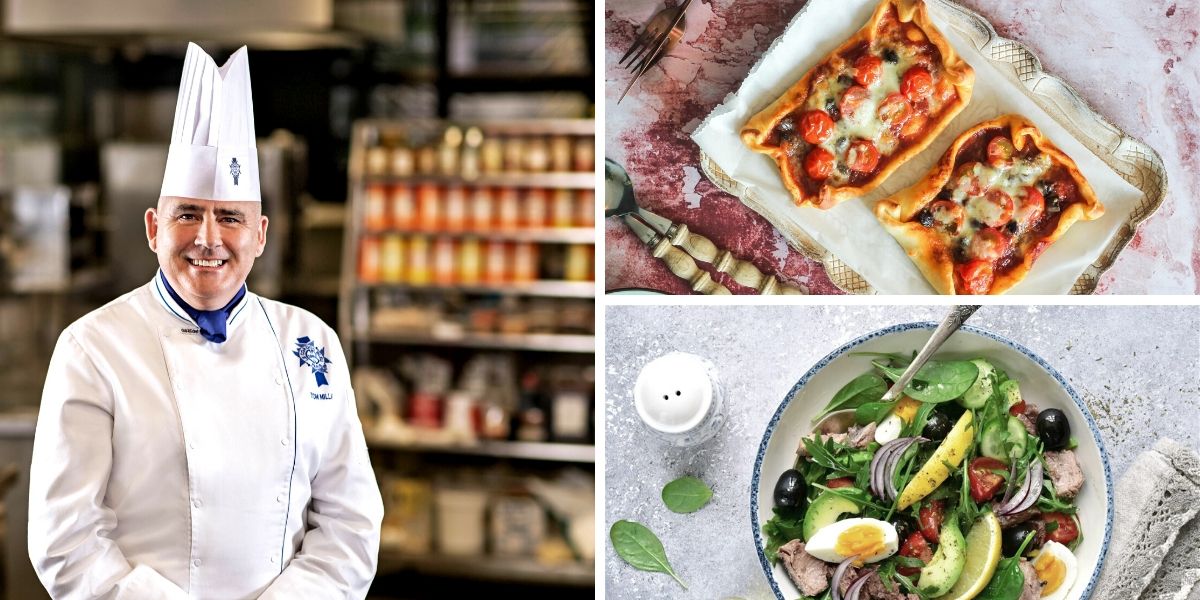
Award-winning Executive Chef Tom Milligan believes that anyone can create five-star gourmet meals at home using everyday food staples. During his 30-year award-winning international career working at the world's most prestigious establishments alongside high-profile chefs such as Raymond Blanc, Maggie Beer, Cheong Liew, and Urs Inauen, Tom has acquired a wealth of culinary knowledge and expertise.
So many basic ingredients can create incredibly flavoursome, gourmet meals when paired together correctly. Most people don't realise the great role food plays when it comes to our mental health. Even the simplest foods can boost our mood.
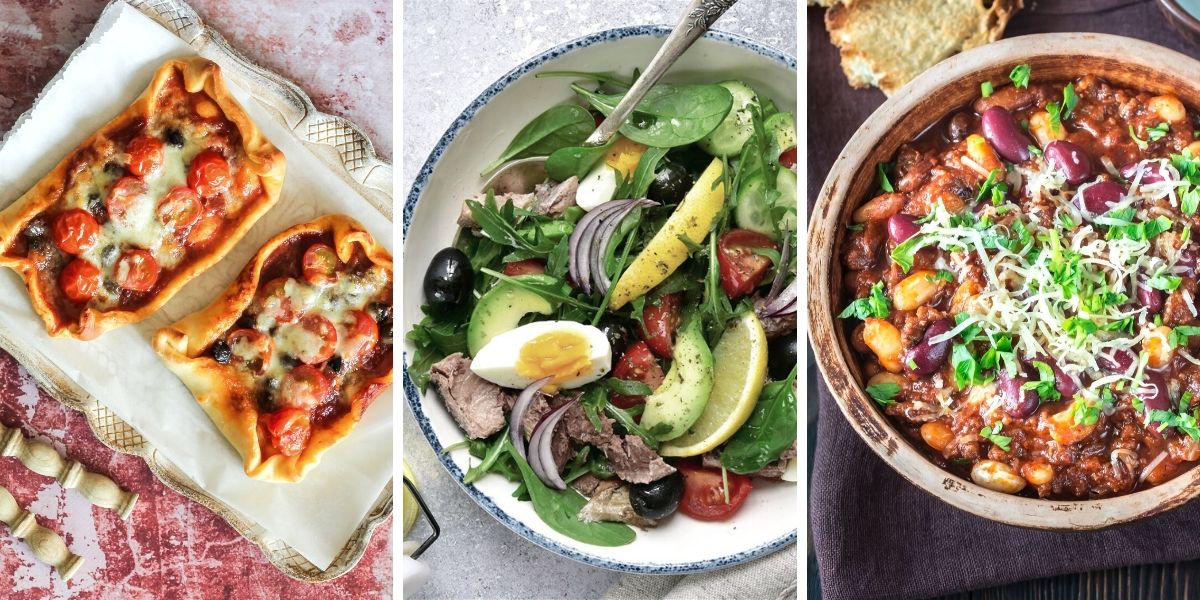 Pantry saviours - 4 versatile tins
Pantry saviours - 4 versatile tins1 Tomatoes
Chef Tom says tinned tomatoes are the perfect base for a delicious Amatriciana pasta sauce. 'All you need is garlic, onions, red chilli, tinned tomatoes, a bit of diced bacon and voila! you have an Amatriciana sauce. You can pair this with any pasta if you don't have Pappardelle readily available.'
2 Beans
Tinned beans can be used to create hearty and simple dishes such as chilli con carne to feed the whole family. 'There are many ways to make a chilli con carne. You can really experiment and make it your own flavour creation. Start with the basics: minced beef, chopped onion, chopped red pepper, chopped garlic, tinned tomatoes, tinned kidney beans, all the spices that you fancy and don't forget stock. Put it all together in a crock pot or slow cook on the stove top, serve with sour cream on a bed of rice or alone.'
3 Fish - sardines/ tuna
Canned sardines are a very healthy, delicious option you can use in a variety of ways in meals. 'On toast, in spaghetti, fried, or stuffed.’ Everyone’s favourite, tinned tuna, is a great choice for a gourmet tuna mornay pasta bake or in a healthy tuna salad.
4 Beetroot
Tom says the humble can of beetroots is extremely versatile and can be used in many meals. 'You can make beetroot hummus, dice it and add it to your gourmet pizzas, add it to your burgers, to salads – it's a great versatile veggie.'
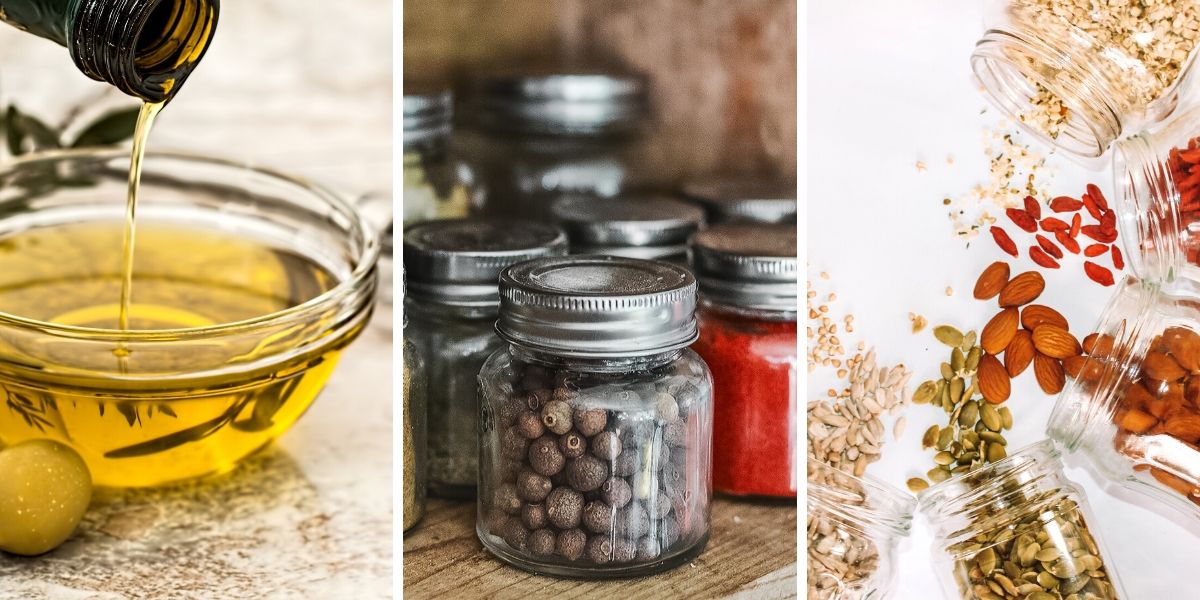 Pantry staples - 8 every day heroes
Pantry staples - 8 every day heroes1 Olive oil
Chef Tom never cooks without olive oil. ‘I add olive oil to every meal, savoury or sweet, just for a dose of good health.’ Olive oil contains large amounts of antioxidants and anti-inflammatory properties and can be used in so many ways other than just coating a pan. He suggested drizzling oil over a salad, in marinades, using it in place of butter or as a dip for fresh bread with a little bit of balsamic vinegar or salt.
2 Flour
Flour is an essential ingredient for baking or for just creating a quick bechamel sauce.
3 Dried herbs/ spices/ salt & pepper
These must-have pantry items will add flavour and spice up even the simplest dish.
4 Stock
Stock can add flavour to any simple meal. 'Whether it’s long-life liquid form, cubes or powder, stock is essential to add flavour to any meal. You should also always have basic spices on hand like onion powder or garlic powder to bring flavour to anything you cook.'
5 Nuts/ seeds
Nuts and seeds, like almonds, sunflower, pistachios and cashews are a good source of protein to have in the cupboard. 'They can be eaten as a snack, chopped and sprinkled onto salads, baked into breads or muffins, or added to your morning cereal.’
6 Beans/ legumes
Other important staples for the pantry are beans and legumes. 'Whether tinned or dried, beans and legumes are an incredibly versatile vegetable that are typically low in fat and cholesterol,' Tom says. ‘You can add beans and legumes to soups and stews, use pureed beans as dips and spreads, add chickpeas or black beans to salads, or even prepare them into meatballs and burgers for a great vegetarian and vegan options.'
7 Couscous
Couscous is handy and economical, as a little can go a long way. 'One cup of dry couscous makes two to two-and-a-half cups of cooked couscous just by adding boiling water, so it's an easy way to feed a large family. Couscous can be used as an accompaniment to any meal just like rice, or in salads.'
8 Polenta
Polenta is perfect for those on restricted diets. 'For coeliacs, polenta is made from cornmeal and can be used in a variety of ways, both sweet and savoury. It can be used to bake cakes, make a sweet porridge, or as a substitute for mashed potatoes.'
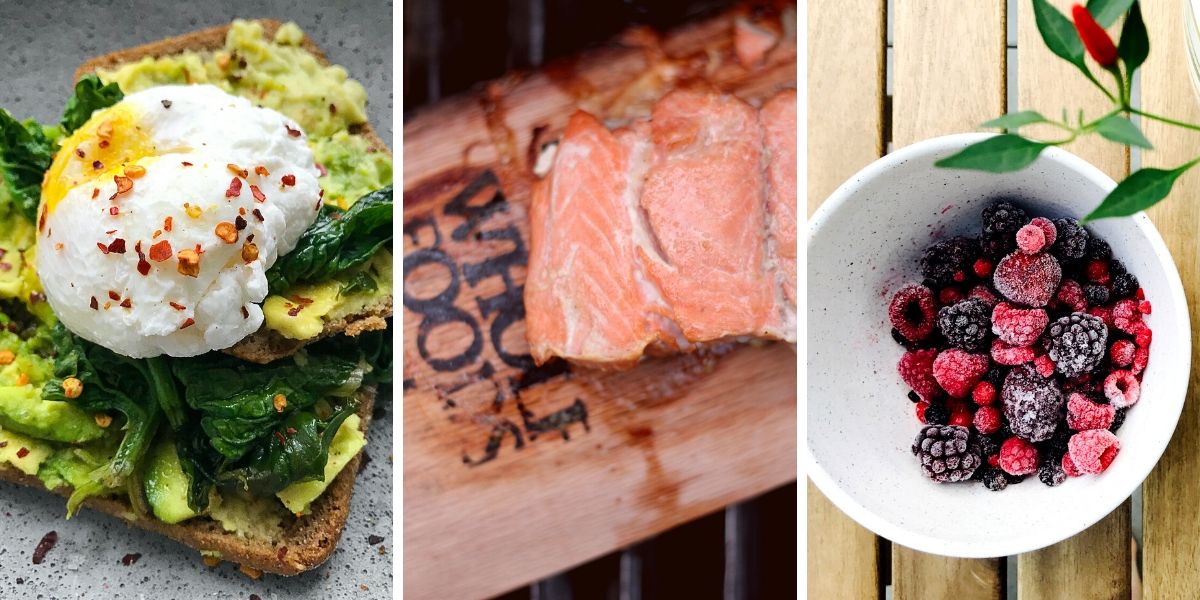 Fridge fillers - 6 handy favourites
Fridge fillers - 6 handy favourites1 Eggs
Packed with nutrients and antioxidants, an egg yolk can make any simple meal a five-star culinary delight. 'A ham and cheese toastie, for example, requires minimal ingredients, but with an egg on top to finish? Et voila, you have a croque madame.’
2 Cheese
Cheese can be used to garnish any meal and you should always stock your fridge with a broad selection. 'Depending on your favourite kind of cheese, it can be used to give meals a strong, bitey flavour or a soft, gooey texture,' Tom says.
3 Salmon
Smoked or fresh salmon can be perfectly paired with just about anything. 'On toast with an egg and some asparagus spears; in an egg frittata; baked in the oven with some potatoes and drizzled with some simple beurre blanc – the options are endless.'
4 Dairy products
Tom believes dairy products are filled with great nutrients - milk contains melatonin to help aid sleep, while yoghurt keeps gut bacteria healthy. 'Both ingredients can be used to create fabulous sauces, quell the spice in a curry, or even turned into frozen popsicles for the kids with fresh berries.'
5 Dairy alternatives
For people with lactose intolerance or dietary restrictions, soy milk can substitute just about anything regular milk is required for. 'Tofu scramble makes a delicious and simple breakfast, lunch or dinner option.'
6 Berries
Blueberries, raspberries and strawberries reduce oxidative stress in the body to help prevent disease. 'You can eat them on their own, make a coulis or jam, or chop them up and freeze them to use them in smoothies or baking. Plenty of options to add colour and flavour to any meal.'
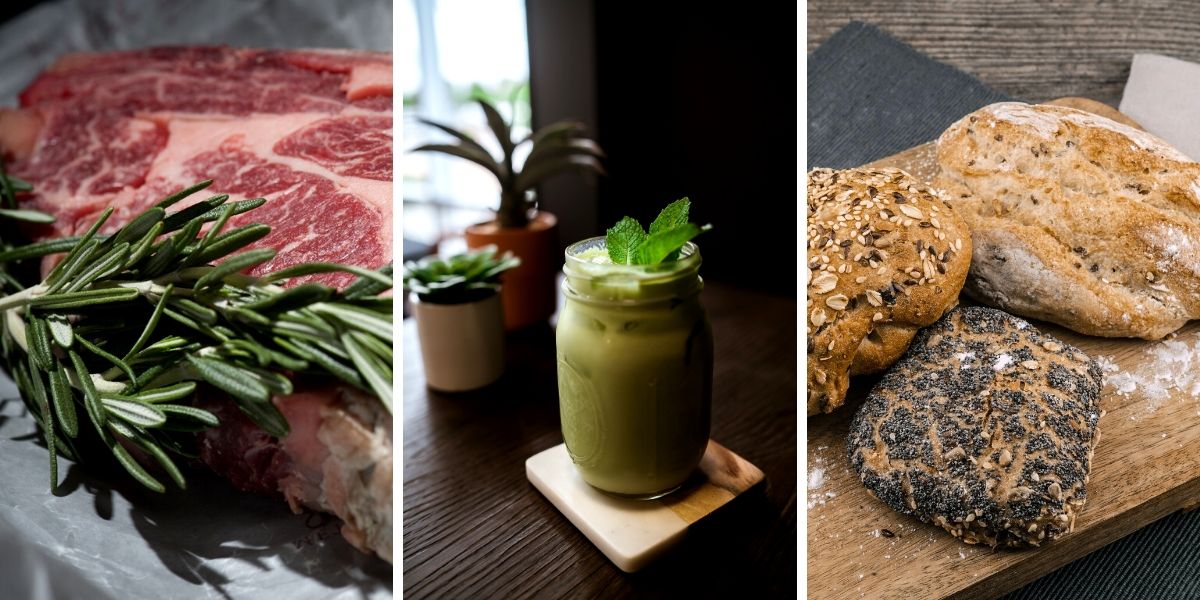 Freezer fillers - 5 meal-savers
Freezer fillers - 5 meal-savers1 Meat
If you are a carnivore, meat is a staple for your freezer. 'You can save money by buying any meat in bulk and repackaging the amount you need for each meal, in individual sealed bags. Transfer them to the fridge the night before to defrost them for use the next day.'
2 Frozen vegetables
Mixed vegetables such as peas, corn, broccoli and cauliflower are a simple way to add nutrition to any meal, and can be easily kept in the freezer for months on end. 'A lot of people believe fresh vegetables are the healthier option but when vegetables are frozen within hours of being picked, they're just as fresh.’
3 Bread
Whether it's home-made or manufactured, bread is a good item to keep stocked in the freezer. 'Just like meat, transfer a frozen loaf to the fridge the night before to defrost.'
4 Bananas
Tom says over-ripe bananas are great for freezing to prevent food wastage. 'You can use them later for banana bread, blend them into smoothies, or a dairy-free ice cream.'
5 Butter
The final essential freezer item, butter, is always a 'baker's best friend'. 'Having frozen butter not only means you'll always have surplus stock, but it also helps a good pie crust become a great one. Keep that in mind if you're using this extra time at home to hone your culinary skills,' Tom advises.
Copyright © 2024 Le Cordon Bleu International B.V. All Rights Reserved.